Are You 21 Or Over?
YesOr
No By clicking yes, you certify that you are over 21 years old. By using this website, you agree to our legal disclaimer.Table of Contents
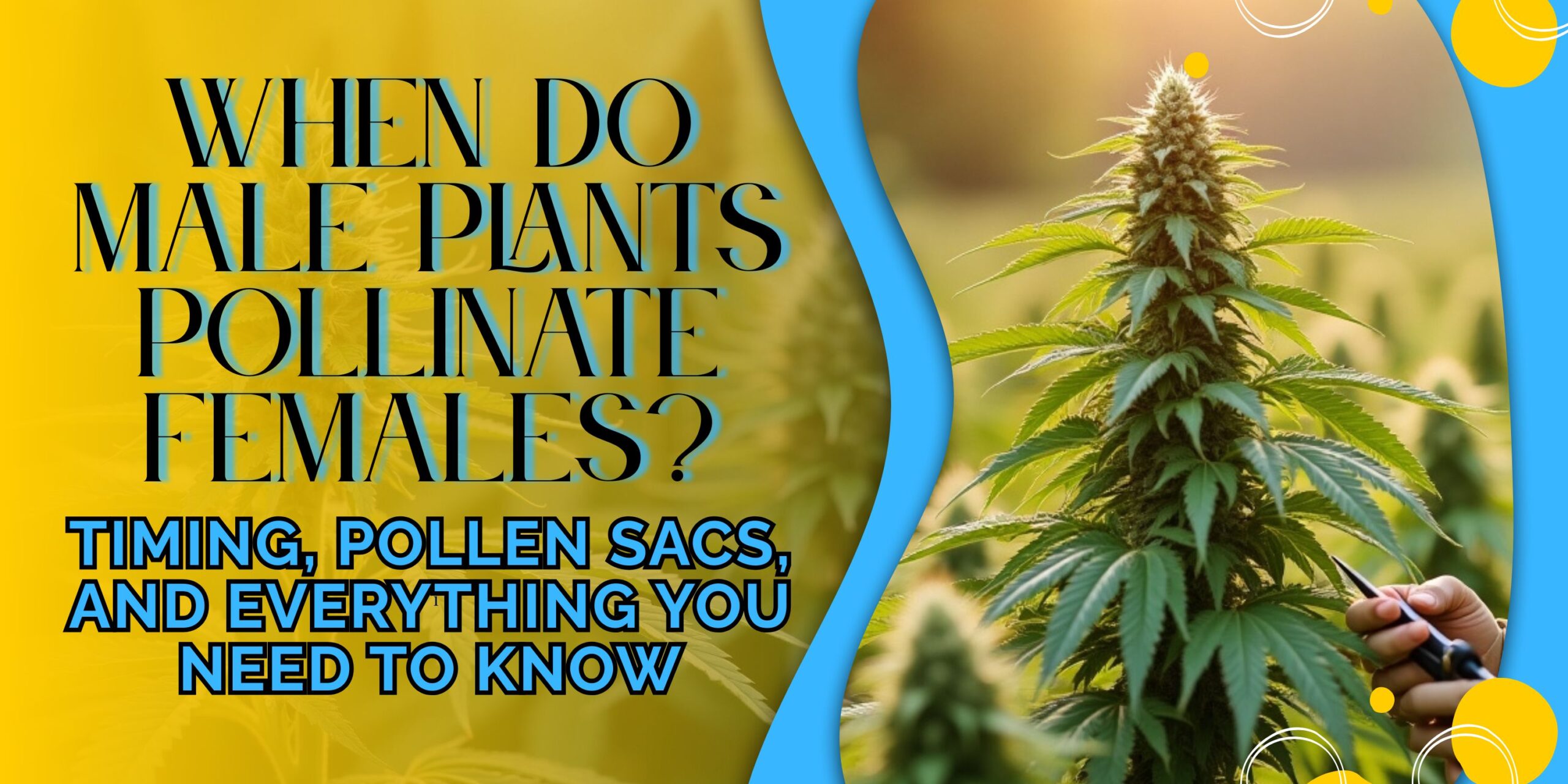
Cannabis cultivation is both a science and an art, and knowledge of the plant’s reproductive system is crucial for any grower. A question many growers ask is when will male plants pollenate females. The answer can make or break your harvest when you’re trying to grow high-quality seedless flowers, or sinsemilla. Pollen from male cannabis plants fertilizes female plants to make them produce seeds. While seeds have a purpose within breeding and plant production, most people who are growing for consumption want to eliminate this all together. Let’s delve into cannabis pollination and understand its process- and the all-important timing.
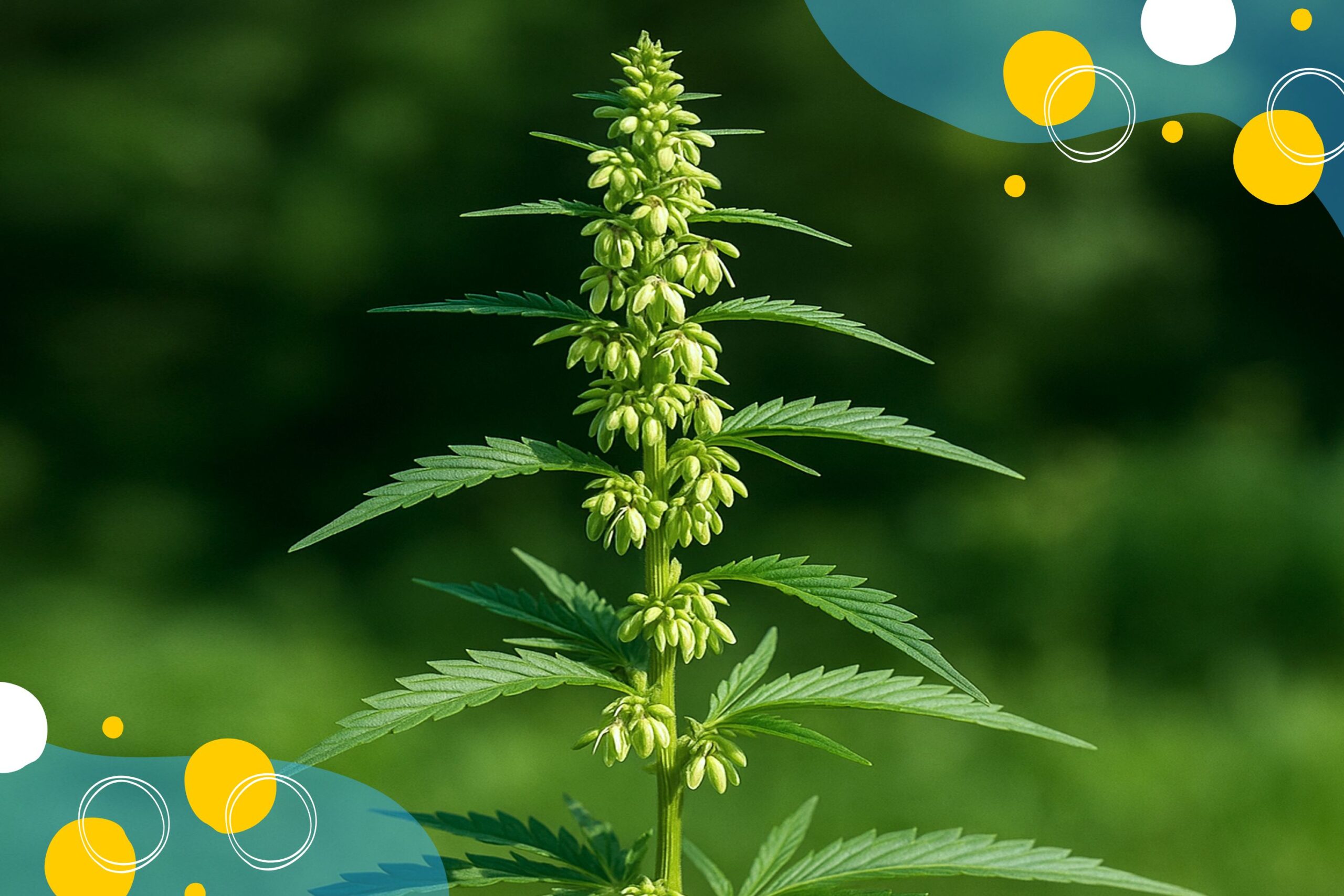
Male cannabis flowers usually appear 3-6 weeks from germination and vary by strain and phenotype. While females have resinous buds, males produce cannabis pollen sacs, small, round sacs that emerge at the (plant) nodes. These sacs are required for pollination and will eventually open up, letting out cannabis pollen in the atmosphere.
Once they are ripe, marijuana pollen bags start to open and drop the pollen. This typically occurs in a week or 2 after the sacks start becoming visible. If growing outdoors timing is not guaranteed, depending on weather, lighting, plant health. Timing is more consistent when grown in controlled light and climate conditions indoors.
So when do men fertilize women? And usually early flowering in women, right when the male’s pollen sacs have developed and opened. Women are at their most vulnerable during the first few weeks of flowering so that’s your most likely time for unplanned fertilization.

Perhaps the most precious talent for any weed farmer is being able to detect pollen sacs on weed plants early. Pollen sacs are small balls or clusters, often said to look like bunches of grapes. They are usually further apart and less tight than preflowers that are female.
When you observe your plants, check the nodes (where the branches meet the stem). If you notice round sacs with no white pistils (hairs), you’re likely looking at a male. Elimination of males early in the flower formation is imperative so that unwanted male pollen does not pollinate the females.
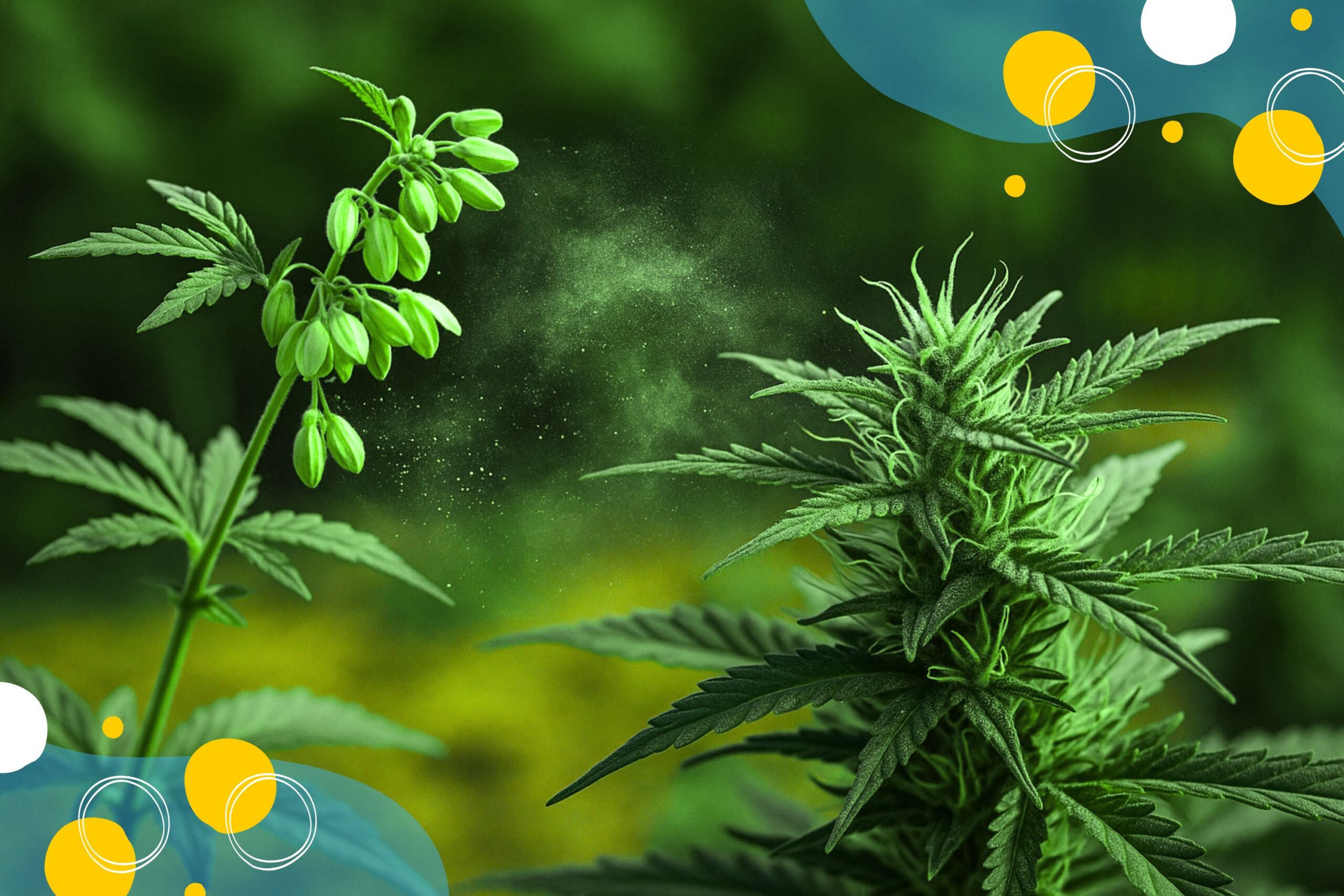
Cannabis pollen disseminates easily—one male plant will fertilize dozens of females if not prevented. Once the weed pollen sacs have ruptured, pollen can be transported on currents of air, especially in outdoor conditions. In indoor growing, even slight airflow from fans can cause mass contamination.
Marijuana pollen adheres to female plants’ viscous stigmas. Once pollinated, the female diverts energy that would go toward developing resin and cannabinoids into seed formation. This results in lower strength, flavor, and quality of harvested buds.
The second significant question for growers and breeders alike is: how long does cannabis pollen keep? Cannabis pollen direct from the flower has a shelf life of mere days at room temperature. But properly stored—typically in an airtight jar with desiccants and stored in a freezer—male pollen can last between a year and more.
This longevity places it as an asset to breeders who want to retain genetics or selectively breed new strains. But it also renders it dangerous within sealed grow spaces if adequate cleaning procedures aren’t followed after taking out a male plant.
To avoid accidental pollination, early identification is crucial. Marijuana pollen sacs must be removed or segregated with caution as soon as they are observed. Some growers utilize separate grow rooms for males to prevent contamination, especially if breeding is the goal.
Utilizing HEPA filters, having proper air filtration, and sanitization of growing areas on a regular basis are all good ways to minimize pollen cannabis dispersal. And remember, even tools and clothing can become carriers of pollen, so clean up thoroughly after handling male plants.
Understanding when male cannabis plants pollinate females is a key part of growing marijuana. Pollination would typically happen early in bloom, when sinsemilla cannabis pollen sacs mature and rupture. If you’re cultivating sinsemilla, understanding how to identify and remove male plants early is crucial. If breeding, working with marijuana pollen safely allows you to create new, interesting genetics.
Whether you’re evading bud’s pollen sacs or carefully removing them, timing is everything. A little pollination a long way, so watch out, sterilize, and remain in control of your crop.
1. How can I tell if my plant is male or female?
Male plants produce cannabis pollen sacs, which look like small round balls at the nodes. Female plants produce preflowers with white hair-like pistils. Males generally show sex earlier—within 3 to 6 weeks from germination.
2. Can one male plant pollinate an entire grow room?
Yes, a single male can release enough marijuana pollen to fertilize many females. That’s why prompt identification and removal of males are critical in grow spaces where seedless buds are desired.
3. What do I do if a male plant pollinates my females?
Once pollinated, you can’t reverse the process. The best option is to finish the cycle and collect seeds, or remove the affected plants to prevent further spread of male pollen. For future grows, keep a close eye on preflower development.
4. How do I store cannabis pollen for breeding?
To store male pollen, dry it carefully, place it in an airtight container with a desiccant packet, and store it in the freezer. This method can preserve pollen cannabis for up to a year or more.
5. Can marijuana pollen affect plants in a neighboring grow space?
Absolutely. Weed pollen sacs release microscopic particles that can travel through HVAC systems, on clothing, and via fans. Always separate breeding projects from standard grows and take stringent cleanliness precautions.
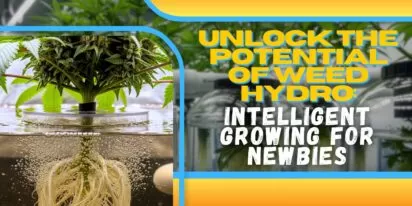
Curious about growing weed in a healthy, effective way? Welcome to the realm of weed hydro! This method uses water instead of soil, delivering n

Peyote Zkittlez is a unique cannabis strain that has quickly gained dedicated followers among enthusiasts and patients alike. Its parentage—Zk
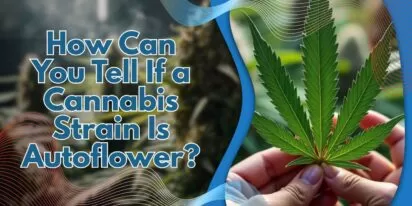
As growers, we want strains that work well, are strong, and are of good quality. Autoflowering cannabis strains are a big step forward for both

Pot growers always ask the same basic question: How much weed does a weed plant produce? The answer is complex and depends on a multitude of var

Ever had the room spin after a few hits? You're not alone. Figuring out how to prevent getting dizzy high can make your cannabis experience a wh
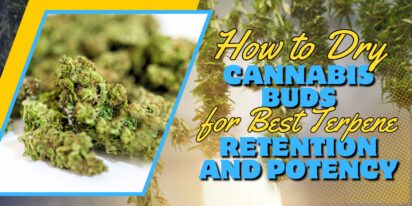
Drying cannabis properly is a critical process in preserving the plant's full aroma and flavor and its psychoactive abilities. Tampering with th

Ever caught yourself a bit too high and all of a sudden in need of being normal? Whether you're heading out for munchies or bumping into someone

Looking for sage advice on how not to get pinched with weed without batting an eye? Attempting to protect your stash from gossipy roommates, sno
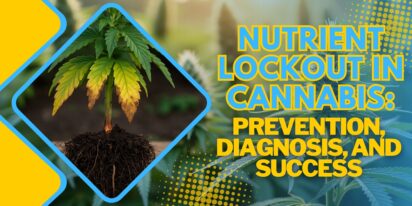
Nutrient lockout, also known as nutrient binding or chemical antagonism, is a significant issue in cannabis cultivation that negatively impacts
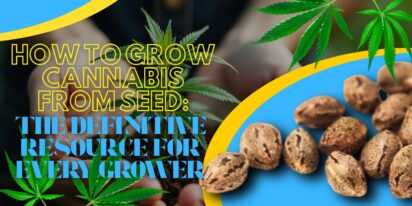
Germination is the most critical initial stage in growing healthy, high-quality cannabis plants. During germination, the dormant seed becomes a
Are You 21 Or Over?
YesOr
No By clicking yes, you certify that you are over 21 years old. By using this website, you agree to our legal disclaimer.
Excellent blog here Also your website loads up very fast What web host are you using Can I get your affiliate link to your host I wish my web site loaded up as quickly as yours lol
Your writing is not only informative but also incredibly inspiring. You have a knack for sparking curiosity and encouraging critical thinking. Thank you for being such a positive influence!
Simply wish to say your article is as amazing The clearness in your post is just nice and i could assume youre an expert on this subject Well with your permission let me to grab your feed to keep updated with forthcoming post Thanks a million and please carry on the gratifying work
Somebody essentially lend a hand to make significantly articles Id state That is the very first time I frequented your website page and up to now I surprised with the research you made to make this actual submit amazing Wonderful task
Your blog is a beacon of light in the often murky waters of online content. Your thoughtful analysis and insightful commentary never fail to leave a lasting impression. Keep up the amazing work!
Thank you for the auspicious writeup It in fact was a amusement account it Look advanced to more added agreeable from you By the way how could we communicate
Your blog is a constant source of inspiration for me. Your passion for your subject matter shines through in every post, and it’s clear that you genuinely care about making a positive impact on your readers.
Your blog is a constant source of inspiration for me. Your passion for your subject matter is palpable, and it’s clear that you pour your heart and soul into every post. Keep up the incredible work!
Your articles never fail to captivate me. Each one is a testament to your expertise and dedication to your craft. Thank you for sharing your wisdom with the world.
Your blog is a testament to your dedication to your craft. Your commitment to excellence is evident in every aspect of your writing. Thank you for being such a positive influence in the online community.
Your writing has a way of resonating with me on a deep level. I appreciate the honesty and authenticity you bring to every post. Thank you for sharing your journey with us.
Your blog is a true gem in the world of online content. I’m continually impressed by the depth of your research and the clarity of your writing. Thank you for sharing your wisdom with us.
Hi i think that i saw you visited my web site thus i came to Return the favore Im attempting to find things to enhance my siteI suppose its ok to use a few of your ideas
Somebody essentially help to make significantly articles Id state This is the first time I frequented your web page and up to now I surprised with the research you made to make this actual post incredible Fantastic job
Usually I do not read article on blogs however I would like to say that this writeup very compelled me to take a look at and do so Your writing taste has been amazed me Thanks quite nice post
Your blog has quickly become one of my favorites. Your writing is both insightful and thought-provoking, and I always come away from your posts feeling inspired. Keep up the phenomenal work!
Every time I visit your website, I’m greeted with thought-provoking content and impeccable writing. You truly have a gift for articulating complex ideas in a clear and engaging manner.
Hey there You have done a fantastic job I will certainly digg it and personally recommend to my friends Im confident theyll be benefited from this site
I have read some excellent stuff here Definitely value bookmarking for revisiting I wonder how much effort you put to make the sort of excellent informative website
Nice blog here Also your site loads up very fast What host are you using Can I get your affiliate link to your host I wish my site loaded up as quickly as yours lol
What i do not understood is in truth how you are not actually a lot more smartlyliked than you may be now You are very intelligent You realize therefore significantly in the case of this topic produced me individually imagine it from numerous numerous angles Its like men and women dont seem to be fascinated until it is one thing to do with Woman gaga Your own stuffs nice All the time care for it up
Your blog is a beacon of light in the often murky waters of online content. Your thoughtful analysis and insightful commentary never fail to leave a lasting impression. Keep up the amazing work!
Your blog is a breath of fresh air in the often stagnant world of online content. Your thoughtful analysis and insightful commentary never fail to leave a lasting impression. Thank you for sharing your wisdom with us.
Your blog is a beacon of light in the often murky waters of online content. Your thoughtful analysis and insightful commentary never fail to leave a lasting impression. Keep up the amazing work!
Usually I do not read article on blogs however I would like to say that this writeup very compelled me to take a look at and do it Your writing style has been amazed me Thank you very nice article
Your writing has a way of resonating with me on a deep level. I appreciate the honesty and authenticity you bring to every post. Thank you for sharing your journey with us.
This hydroponics guide is quite the buzz, seriously! Who knew growing weed without dirt could be so complicated yet potentially rewarding? The breakdown of systems like DWC and NFT is helpful, though I suspect my cat might confuse the air pump for a toy. The idea of cleaner buds is tempting, especially since explaining hydro weed to my non-growing friends might get messy. And the bit about potential dizziness from hydro weed? Perfect, now I have an excuse for why I always stumble a bit after a grow session. Still, the promise of faster grows and higher yields is hard to ignore, even if it means more trips to the pH meter than to the coffee shop. Overall, a cultivating read for the curious grower!